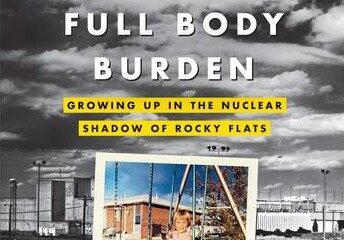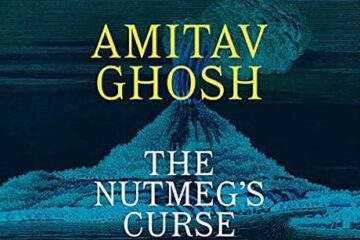While reading Claire Wahmanholm’s prize-winning poetry collection, Wilder, I was never quite sure if I was feeling wonder or horror; both reactions subsume and replace each other. Wahmanholm’s images are beautiful and terrible, slowly constructing a world in its death throes. Her mysterious apocalypse is never quite placeable to a specific event, but she references barren landscapes, missing children, empty skies, and great journeys, and, in so doing, transports the reader somewhere completely and utterly new.
Wahmanholm’s title is the first draw into her mysteries. She defines “wilder” for the reader in a brief forward to the collection: to “go astray,” to “become wild or uncivilized.” Indeed, the bodies she forces the reader to inhabit are wild and straying. These bodies—sometimes collective, sometimes individual—forget, search, and disintegrate.
Through her use of collective pronouns, the reader contacts both past and future at once. The reader feels that this is something momentous, ominous, fabled or prophetic, even. In “Descent,” she claims, “we copy onto paper—tales of ancient children,” children “whose eyes have never really opened” and “whose faces are wild fields, and fruitless; / whose throats are peeled peaches, and voiceless”.
With visceral, lilting language, Wahmanholm invites us to witness as “the shock spins a dream around us which, / for our protection, refuses to end”; “With every breath the dream thins like the skin / of a balloon until we can see the inside / and the outside of the dream at the same time, / the birds swooping from the trees to land / beside their own bones, / our bodies reaching down to grab our shadows / by the hands”. Both dreams and nightmares, existential hopes and fears, cross paths and cross-pollinate in her words.
Her form clumps and flows and scatters, with some poems like ashes sprinkled on the page and some congealed into blocks of prose. She livens the reader with this organic diversity.
Wilder is separated into three parts divided by stark images of rising moons. The reader is told that each moon is “a red bulb” or “a red bell”. Each moon serves as a periodic reminder that we are confronting something that we can’t quite pin down.
Though the reader never quite learns the true nature of the apocalypse (or apocalypses) of Wilder, they are drawn into the world and experiences of the unnamed narrators. These narrators are often falling apart: “a heart-shaped layer / of linden leaves / beneath which my legs / lay with their veins out / with their bones / out with their outer / skin peeled back / like bark from a / lightning-struck / tree”. They listen to relaxation tapes: “we were asked to start with our eyes open. The loudspeaker asked us to imagine that we were made of jelly, to let our bodies melt like salt into the mud. We looked skyward and the tape became a prayer”. They encounter the last animals—carrion flowers which remind them of the missing children—and pits the size of planets. Wahmanholm shows us what happens when the order of life can no longer be predicted or depended upon.
Claire Wahmanholm’s Wilder is a work of profound mystery, grief, wonder, and horror. It both unsettled and astonished me from beginning to end.
Reviewer Bio: Keygan Sands is a second year in the Creative Writing and Environment MFA program at Iowa State University and a nonfiction editor of Flyway Journal of Writing and Environment. Her nonfiction and fiction explore the reciprocity between human and nonhuman systems as well as the confluence between science and society. Her creative work can be found in Cold Mountain Review’s Special Issue on Extinction and the climate fiction anthology Nothing Is As It Was by Retreat West Books. She also presented literary research at the Fantasy and Myth in the Anthropocene International Conference in Brno, Czech Republic in October 2018.




